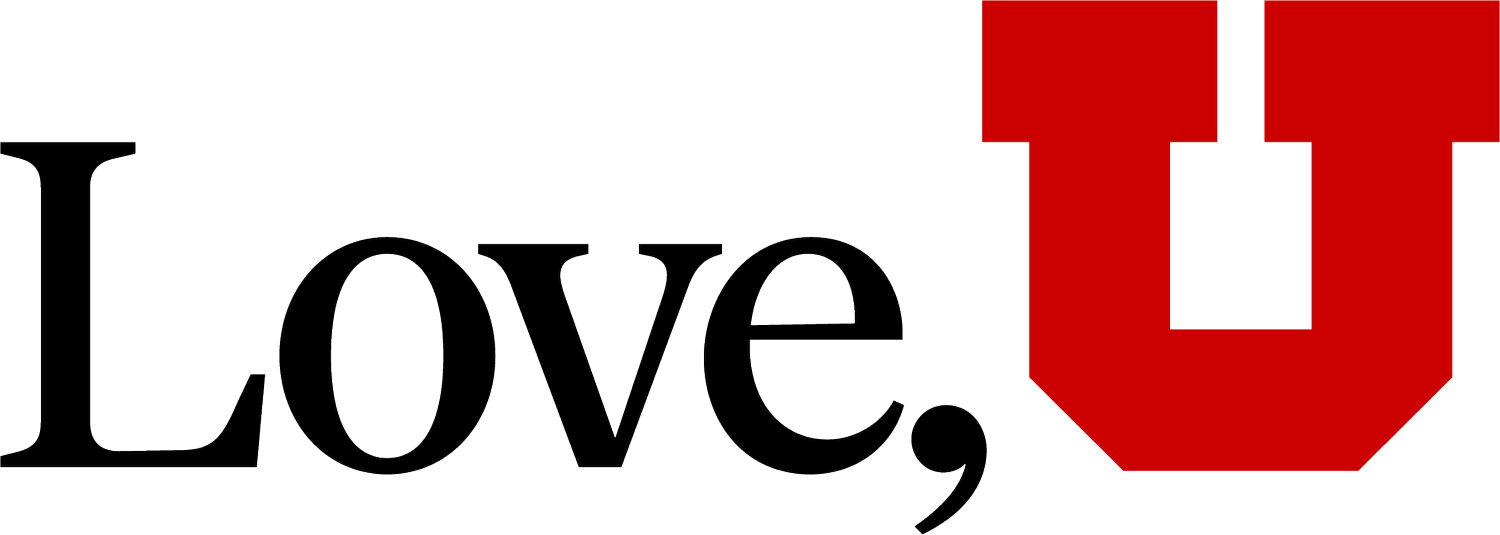
University celebrates successful $3B capital campaign
Imagine New Heights: The Campaign for the University of Utah broke records for participation and funds raised.
When the University of Utah launched a capital campaign in 2014, the initial goal seemed lofty—$2 billion to be raised over eight years.
No one could have anticipated the changes that lay ahead. Over the next decade, Utah’s population began to soar, new sectors of the economy heated up, and the COVID-19 pandemic shook the world.
Despite those and other challenges, or perhaps in response to them, the university would meet its goals two years ahead of schedule, then go on to exceed them. On April 30, the university will celebrate the successful completion of the “Imagine New Heights: The Campaign for the University of Utah” with a public event on President’s Circle.
“This campaign helps us reimagine the university experience for our students,” said President Taylor Randall. “You only need to walk our campus to see how life at the U is changing. We have launched new housing projects, new classroom and lab spaces, new institutes and entrepreneurship centers—all with our donors’ support.”
“It’s a testament to the passion, dedication, and vision of our philanthropic community, who have taken us to a new level.”
President Taylor Randall addresses supporters at the closing celebration on April 29. See the speech.
The public campaign launched July 1, 2014 and closed on March 30. Over eight and a half years, and through three presidents, the initiative raised $3 billion—$1 billion more than the original fundraising goal, which was reached in December 2020. Nine of the university’s 10 largest gifts ever were received during the campaign, and a number of them were the largest commitments ever made by foundations and families who are the U’s most ardent supporters.
A record 147,700 individual donors from around the world participated in the campaign. Individual gifts ranged from under $10 to more than $110 million. The money raised will transform the university’s campus and students’ experiences. Donations will pay for student housing and scholarships; cancer research and care; mental health innovations and interventions; and new classroom, computing and lab spaces. Nearly one-third of donors gave to scholarships and fellowships.
Final numbers are still being tallied and a more complete report will be published later this year. The numbers are important, but they are not entirely the point, said Heidi Woodbury, vice president for university advancement.
“People give to those areas where they want to see change and can have the most impact,” said Woodbury. “Whether you are passionate about the environment, health, the arts, or through supporting our students, you can find a way to make a difference here. Our supporters recognize that the U is helping to shape our present and our future.”
As evidence, Woodbury cites the COVID-19 pandemic. When the coronavirus arrived in Utah, the university was an instrumental leader of the health response, but there were costs. “We halted fundraising to focus on the emergency and the priorities of our people,” Woodbury said. It wasn’t long, however, before supporters began to reach out. “People called us asking, ‘Tell me what can I do to help?’ Not just with COVID, but in all areas.”
That trust was well founded as the university administered the first vaccine, experimented with new ways to educate, moved quickly to address issues of mental health, and helped to lead Utah’s economic return.
As the pandemic abated, support only strengthened. One-third of the total for the campaign was raised in the last two years.
“The past decade has been absolutely transformative for the University of Utah on nearly every front,” said Christian Gardner, chairman of the U’s Board of Trustees. “We’ve joined the Association of American Universities, expanded the number of students we serve, doubled the amount of research awards received, enhanced our exceptional care for patients, and excelled in the Pac-12 athletic conference.”
“Every one of those accomplishments and more has some type of philanthropic support at the root, and we have the entire community to thank,” Gardner said.
While the close of the campaign is a historic milestone, Woodbury noted, the life of the university continues. “There are still needs across campus. A number of our areas, such as our cultural institutions, are still feeling the economic effects of COVID. Students still need support. More Utahns need access to health care. So we celebrate today, then tomorrow we go back to work.”
Together, the gifts will help to realize President Randall’s goal of becoming a top 10 public university with unsurpassed societal impact. More immediately, the campaign continues the transformation of the university’s campus, helping the university grow its student body to 40,000, reach $1 billion in research funding, and shift away from the U’s history as a commuter campus, creating a “College Town” in the process.
“There are countless people to thank for the success of this campaign, including my predecessors. This campaign is a huge step forward toward achieving our most audacious goals. I don’t see this as a close,” Randall said. “I see this as a new beginning.”
The university’s previous capital campaigns include:
Together We Reach—$1.65 billion raised from 2005 to 2014
The Sesquicentennial Campaign—Generations of Excellence—$770 million raised from 1994 to 2000
Touching a Nation Campaign—$250 million raised in the mid-1980s
Videos from the Celebration










